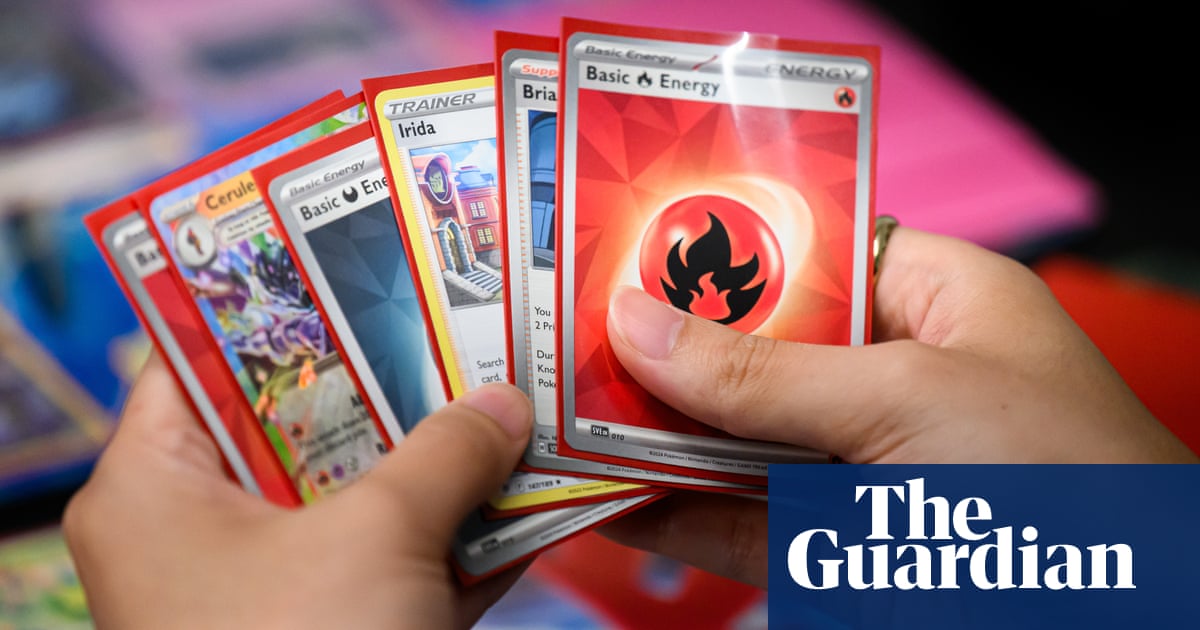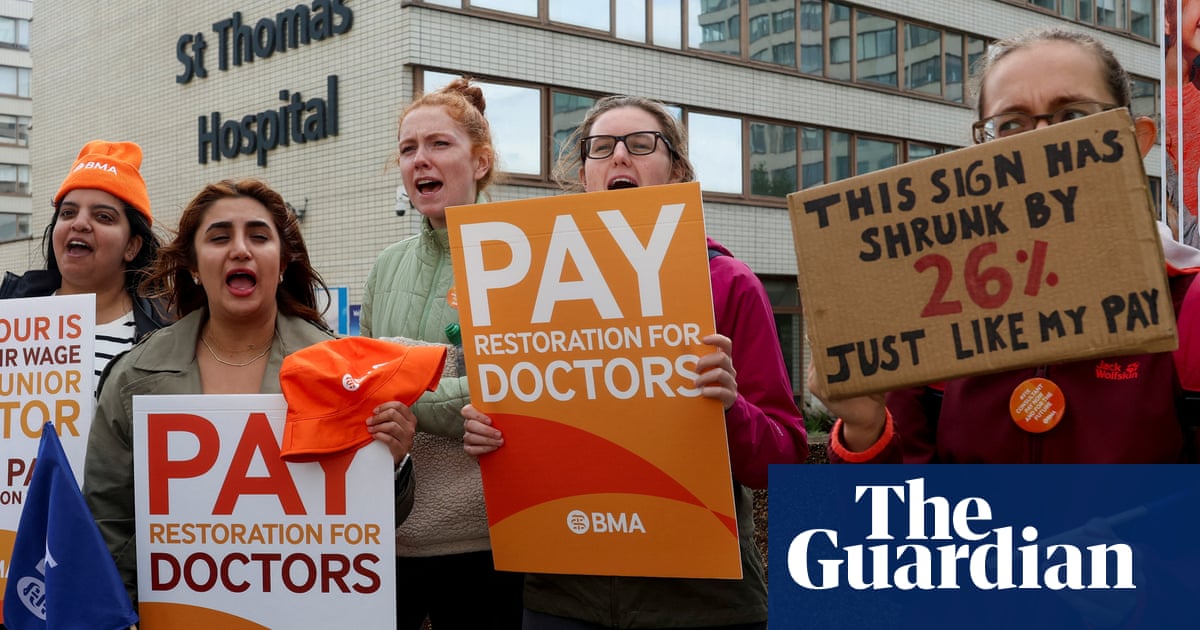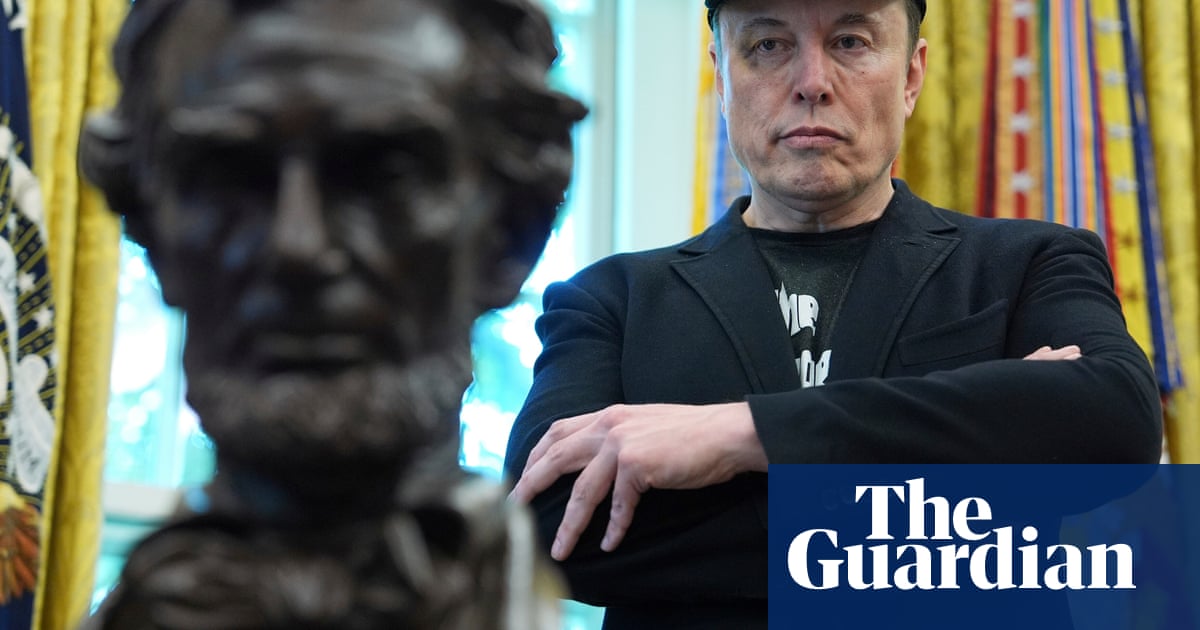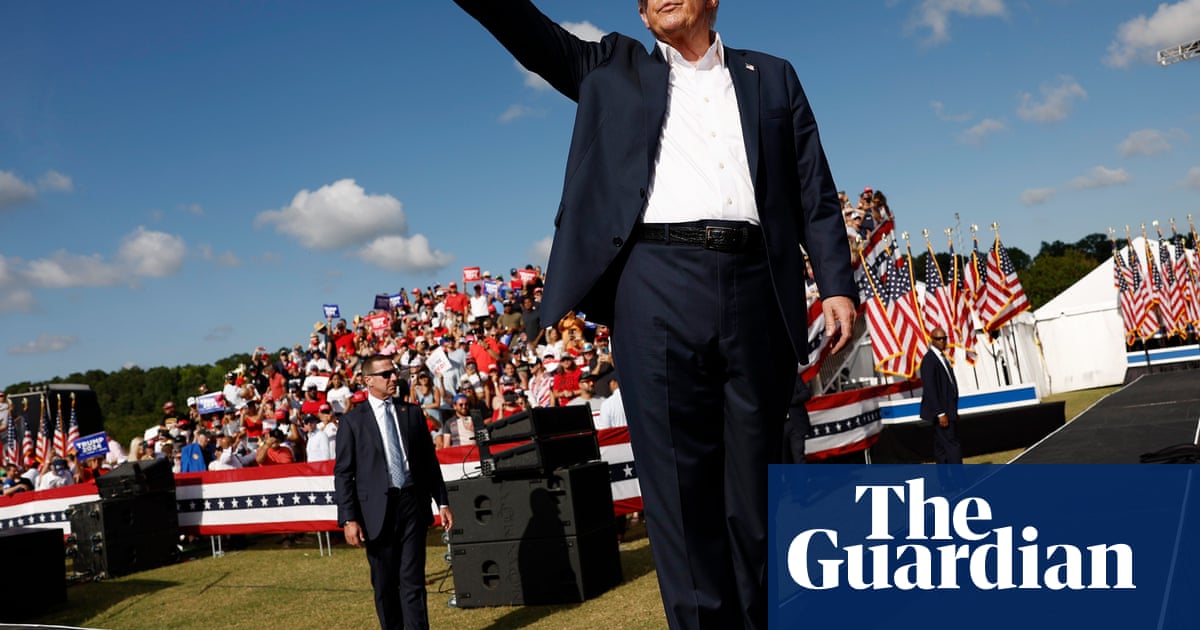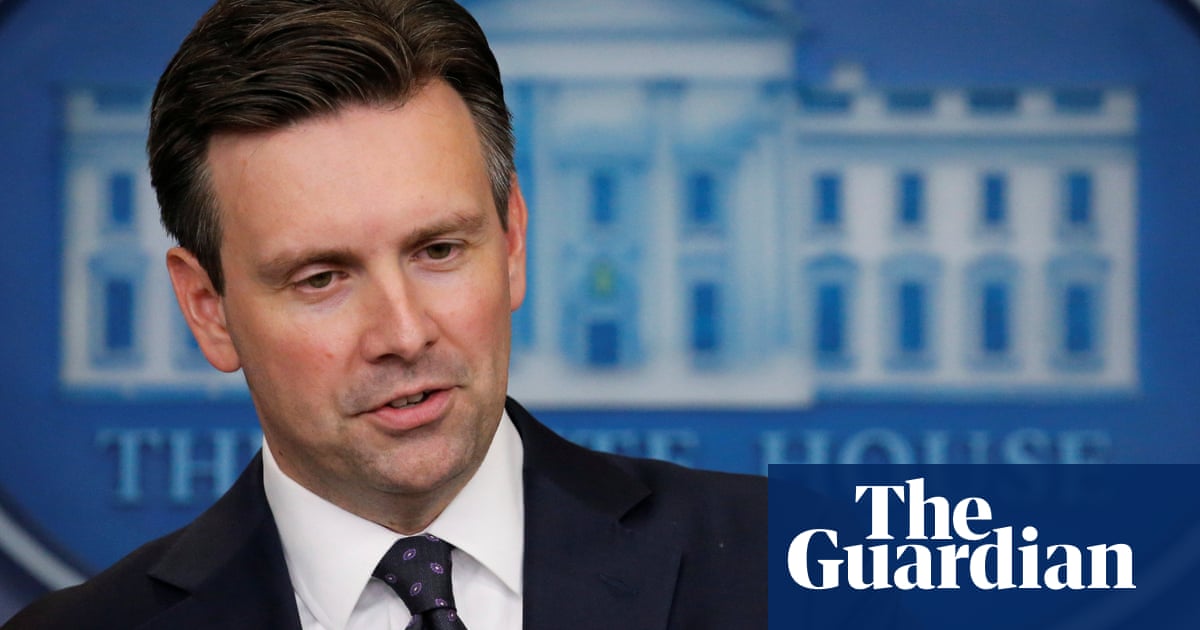Donald Trump announced on Saturday that goods imported from both the European Union and Mexico will face a 30% US tariff rate starting 1 August, in letters posted to his social media platform, Truth Social.
In his letter to Mexico’s leader, Trump acknowledged that the country has been helpful in stemming the flow of undocumented migrants and fentanyl into the United States.
But he said the country has not done enough to stop North America from turning into a “Narco-Trafficking Playground”.
“We have had years to discuss our Trading Relationship with The European Union, and we have concluded we must move away from these long-term, large, and persistent, Trade Deficits, engendered by your Tariff, and Non-Tariff, Policies, and Trade Barriers,” Trump wrote in the letter to the EU. “Our relationship has been, unfortunately, far from Reciprocal.”
The higher-than-expected rate has dealt a blow to the EU’s hopes of deescalation and a trade deal. It is much higher than 10% widely thought to have been negotiated by the European trade commissioner, Maroš Šefčovič, and could yet risk a trade war with goods of low margins including Belgian chocolate, Irish butter and Italian olive oil.
Like the UK deal, the EU’s deal is an agreement in principle and not legally binding. It covers the headlines only with sources confirming that the draft shown to ambassadors at a confidential meeting on Monday ran to just three pages.
Brussels is almost certain to demand that negotiations be re-opened, viewing the latest threat as a maneuver by Trump to extract more concessions from the EU, which he once described as “nastier” than China when it came to trade.
Further negotiations are needed in any case to create a legal text that can be formally registered by the US government, a process that is itself laden with risk.
The UK took seven weeks to get its agreement registered with a promise included to reduce tariffs on car exports from 27.5% to 10%, but the agreed zero tariff for the British steel industry omitted.
The deal ends a turbulent week for the EU with Trump announcing an extension for talks until 1 August on Monday, then on Tuesday announcing the EU would “probably” receive a letter setting its new US tariff rate within 48 hours, claiming the bloc had shifted from being “very tough” to “very nice”.
But diplomats viewed it as a mixed message as Trump stressed that he was still talking to negotiators from the bloc, but that he was displeased with European policies toward US tech firms.
Douglas Holtz-Eakin, a former Congressional Budget Office director and president of the center-right American Action Forum, said the letters were evidence that serious trade talks were not taking place over the past three months. He stressed that nations were instead talking among themselves about how to minimize their own exposure to the US economy and Trump.
“They’re spending time talking to each other about what the future is going to look like, and we’re left out,” Holtz-Eakin said.
He added that Trump was using the letters to demand attention, but, “in the end, these are letters to other countries about taxes he’s going to levy on his citizens.”

 4 hours ago
4
4 hours ago
4
